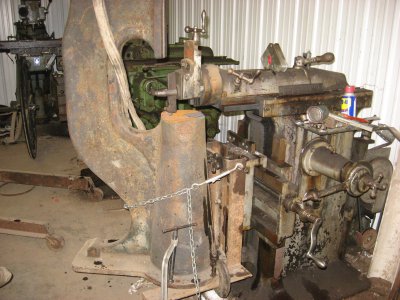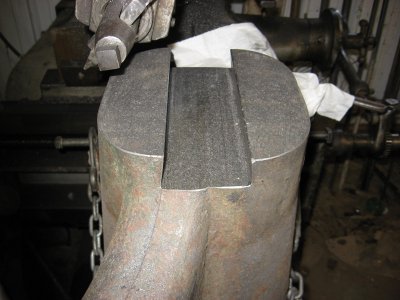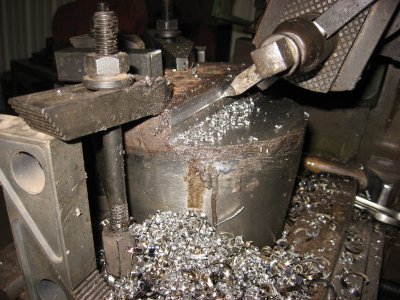

 Think about this, the inner screw if it is 1.375 before threading would wieght 17/18 lbs per foot. the outer with a 1 5/8 bore and a2 3/8 OD will weight about 28 pounds per foot. That cross section in compression will handle tons. Look at the size of the extension shaft that screws out of a 8 ton bottle jack.
Think about this, the inner screw if it is 1.375 before threading would wieght 17/18 lbs per foot. the outer with a 1 5/8 bore and a2 3/8 OD will weight about 28 pounds per foot. That cross section in compression will handle tons. Look at the size of the extension shaft that screws out of a 8 ton bottle jack. The vertical ways take the biggest part of the shock. By far the most of the vertical travel is thru the head. I use my shaper all most every day, and some days I never change the table height.
As far as load I would consider a high stres/load app. to be something like a screw press or even a bottle jack or sometimes the lead screw in a lathe or mill. This only really needs to be stronger than you are as you are the power source.
That hammer frame is about 800 lbs and I have had some on there that were 1,300 pounds. The jack screw is 1.25 dia. I have been useing this like this for 20 years with no problems.




